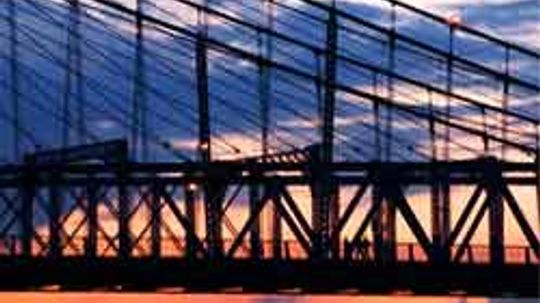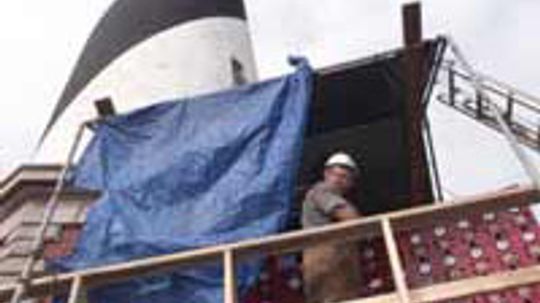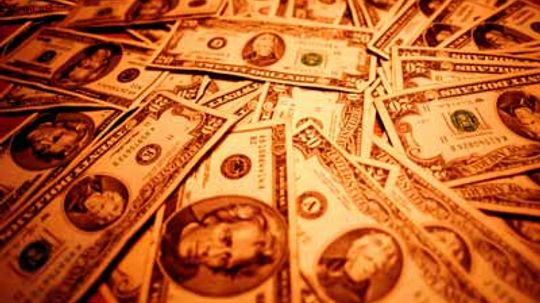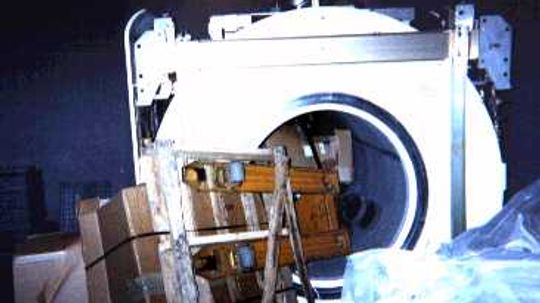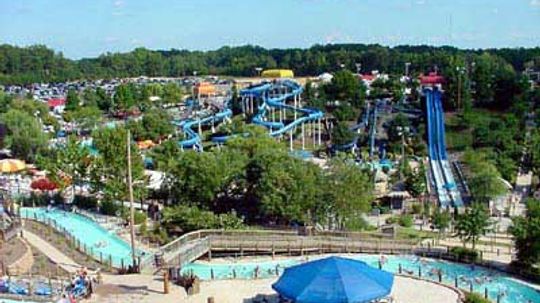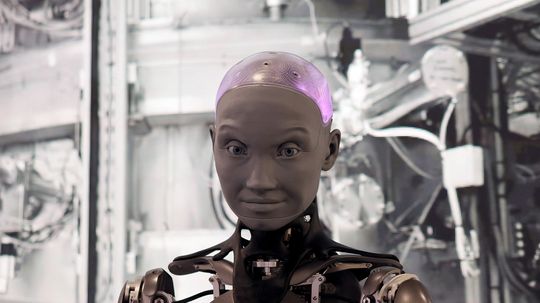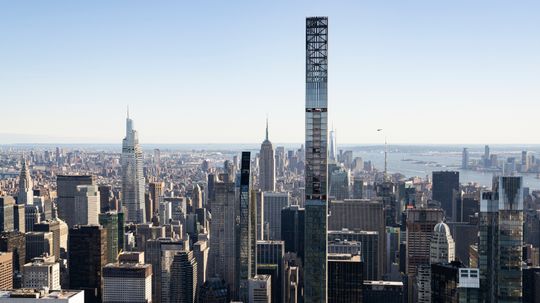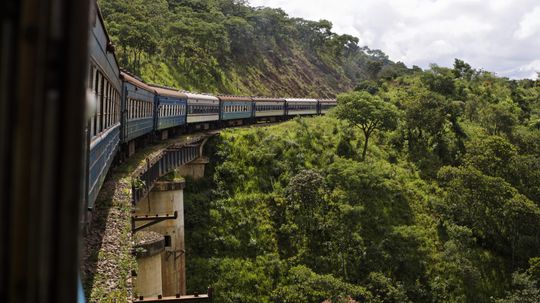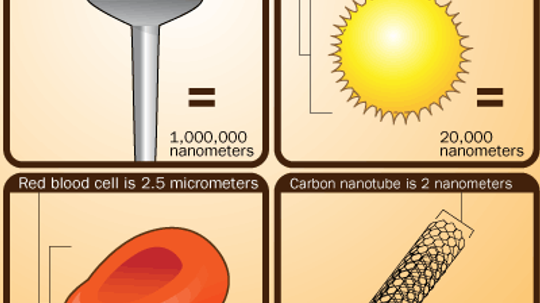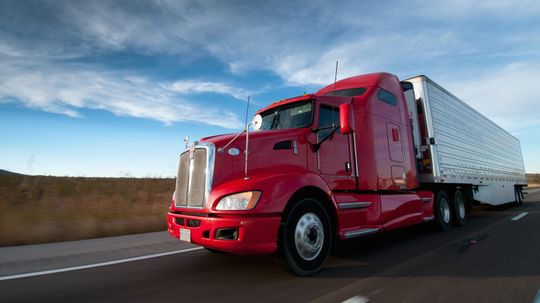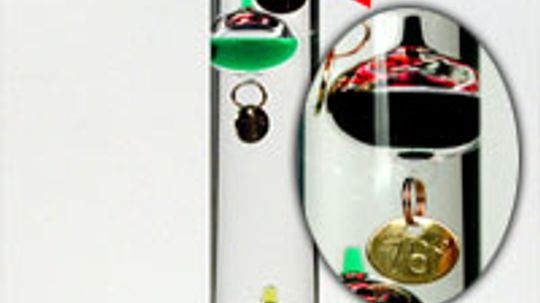Engineering
Engineering is the discipline of design and construction of mechanical devices, equipment, structures and public works systems. Topics include aircraft technologies, buildings, bridges, robotics and heavy machinery.
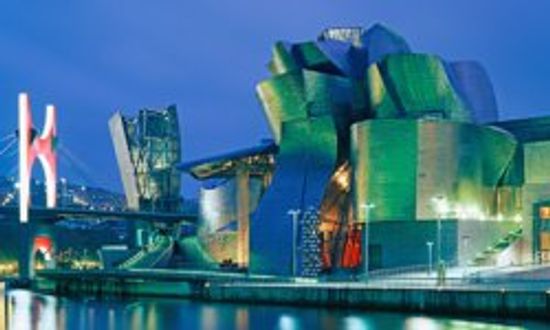
The World's Most Awe-inspiring Glass Buildings
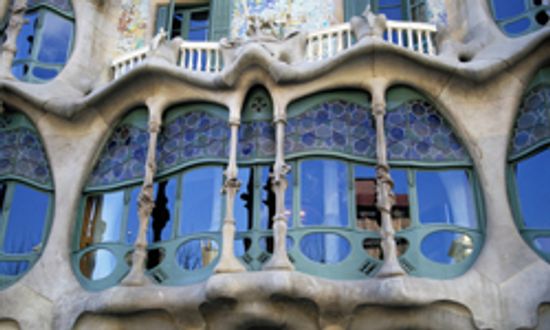
10 Innovative Architects to Watch

16 World-Famous Architects and Their Impact

The Steepest Road in the World, Plus 9 Rival Inclines
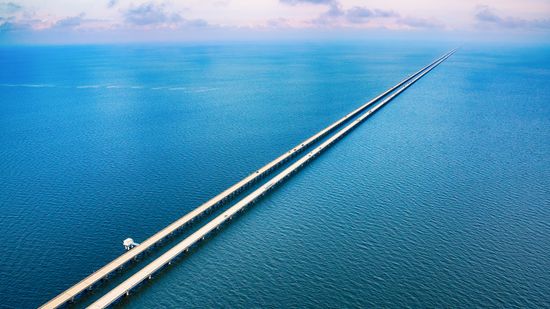
Here's Longest Bridge in the U.S., Plus 7 Runners-Up
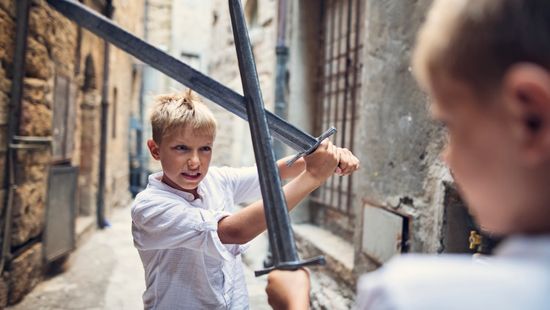
10 Types of Swords for All Sorts of Circumstances

A Horrifying Russian Lathe Accident Highlights Vital Safety Protocols

How Zambonis Work
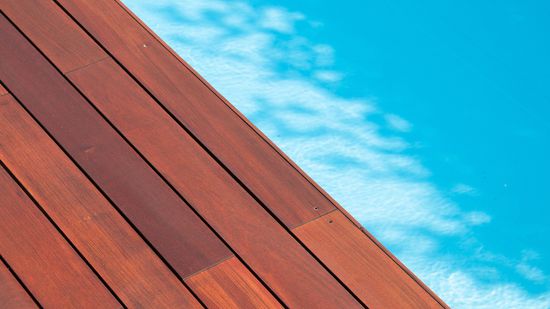
What's the Hardest Wood in the World?

10 Types of Metal (and We Don't Mean the Music)

Are food-based plastics a good idea?
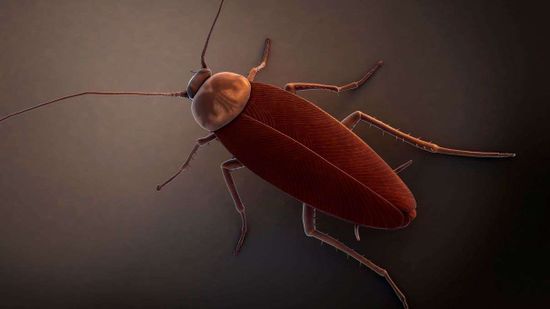
Your Thoughts Could Activate a Tiny Robot Inside Your Own Brain
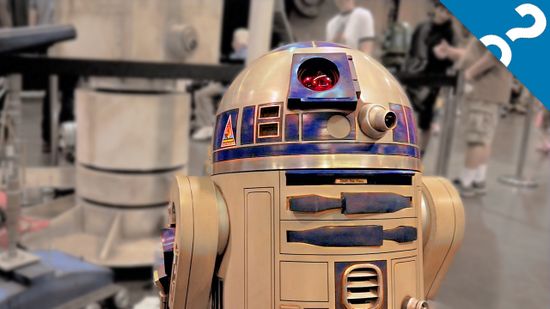
How Star Wars Works: Fan-built Droids
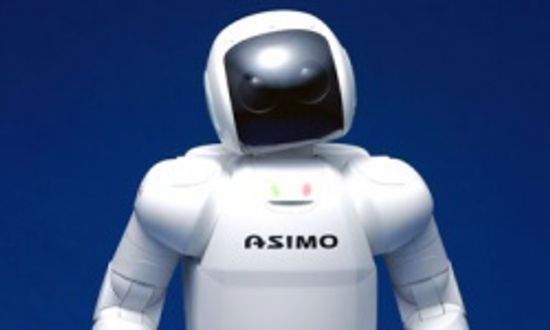
Robot Pictures
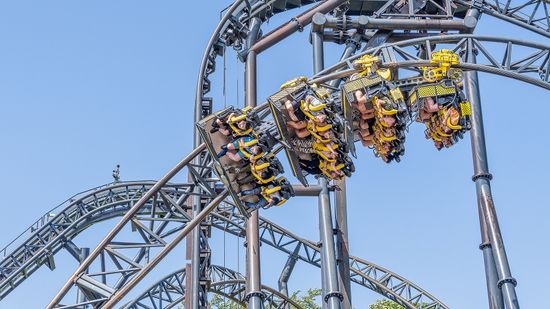
What's the Scariest Roller Coaster in the World? 10 Contenders

The Tallest Roller Coaster in the World Stood for 19 Years
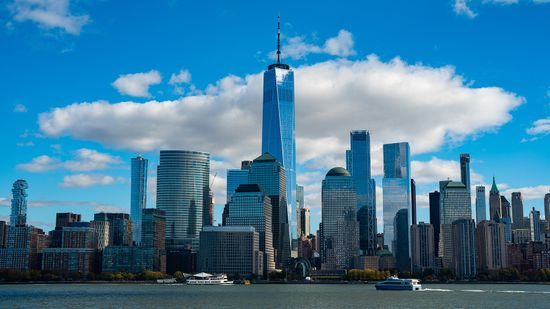
Tallest Building in the U.S. and 13 Other Stunning Skyscrapers
Learn More / Page 2
Bridges are amazing displays of scientific engineering. This collection of pictures highlights some of the most spectacular structures ever created.
Hefting a sofa up a flight of stairs can take a lot of logistics. So what does moving thousand-ton buildings across cities -- or even oceans -- entail?
I've noticed that the insides of road and subway tunnels are usually covered in ceramic tile. Is there any particular reason for this or is it simply convention?
Advertisement
Is there any rhyme or reason to how U.S. interstate highways are numbered?
I am entering a chemistry contest at my high school. The goal is to build the battery that produces the most watts for one minute. Our battery can't be bigger then 1 foot in any direction and can't use strong acids. What are the best chemicals to use, and what's the best design?
Safe, professional building implosions combine mathematics, intuition and sheer explosive power. Find out how the experts bring down huge structures without damaging the buildings nearby.
By Tom Harris
I've heard of bank robbers being foiled by a "dye pack" put in their money stash. What is a "dye pack"?
Advertisement
A friend of mine told me that his watch flew off his arm and was sucked into the MRI machine at the hospital. Could this really happen? How strong are the magnets in an MRI machine?
When the heat sets in, there's nothing like a day at the water park to cool things down -- water parks and their massive wave pools are a huge weekend attraction. Ever wonder what kind of machinery it takes to produce a wave? Learn exactly how an oce
By Tom Harris
It's a leap of faith onto a curvy steep wet chute... Discover how water slides work and what draws thrill-seekers to them.
By Tom Harris
X-ray machines seem to do the impossible: They see straight through clothing, flesh and even metal, thanks to some very cool scientific principles at work. Find out how X-ray machines see straight to your bones.
By Tom Harris
Advertisement
A robot and a human being are made up of the same basic components. And with each passing decade, robots become more lifelike. Find out how robots operate and the marvelous things they're already doing.
By Tom Harris & Chris Pollette
CAT scans take X-ray imaging to a whole new level. Find out how a CAT scan machine uses "slices" to form a 3-D computer model of a patient's insides.
By Tom Harris
The twin towers of the World Trade Center were true originals -- their history is one of innovation, persistence and grand ideas.
By Tom Harris & Yara Simón
Is there an easy way to measure the height of a cell phone tower in my neighborhood?
Advertisement
In the news about the recent accident at a ski resort in Austria, the reporters called the cable car that carried the skiers up the mountain a "funicular railway." What is that and how does it work?
Nanotechnology is so new, no one is really sure what will come of it. Even so, predictions range from the ability to reproduce things like diamonds and food to the world being devoured by self-replicating nanorobots.
By Kevin Bonsor & Jonathan Strickland
Radio controlled toys are as popular with adults as they are with kids. Get inside an RC truck and find out how it translates radio signals into motion.
By Jeff Tyson
So, how much does a semi truck weigh? We'll explore what a semi truck weighs and how weigh stations work.
By Yara Simón
Advertisement
Unlike a regular SCUBA regulator which creates bubbles when the person wearing the apparatus exhales, a rebreather produces no bubbles when someone exhales. What exactly is a rebreather and how does it work?
One of my co-workers has an interesting thermometer on his desk. It is a glass tube with different-colored floating things in it. What kind of thermometer is this, and how does it work?
The world's first floating city is absolutely gigantic, fully loaded with amenities and necessities and could set sail in about three years. Find out what the Freedom Ship has in store for its lucky residents.
By Kevin Bonsor
Ultrasound lets us peek into the human body to see everything from heart valves to a moving baby. But how do sound waves give us a picture?
Advertisement
Smart Structures will completely change the way buildings react to earthquakes! See how they will work!
By Kevin Bonsor
In a lot of movies you see windows that are 'bulletproof.' Does bulletproof glass really exist, and if so, how does it work?
